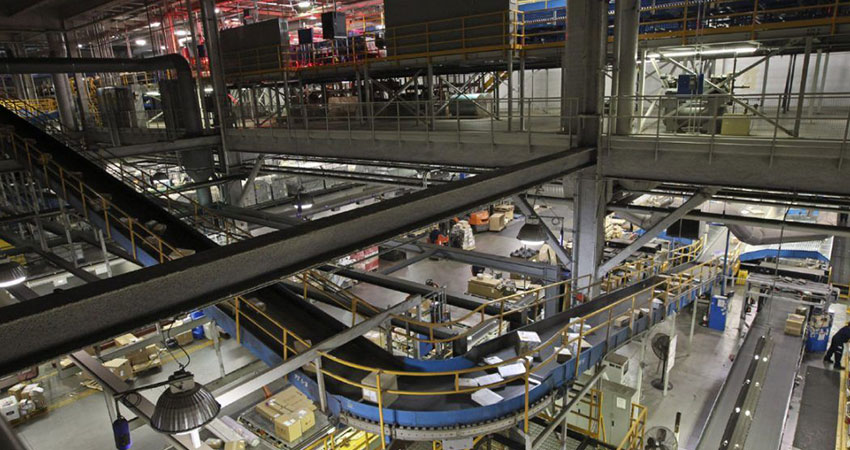FedEx is testing the use of autonomous tugs to transport items within its sortation and distribution facilities in an effort to handle the growing volume of bulky ecommerce orders more efficiently.
A test is currently underway at a FedEx facility in Greensboro, NC, using autonomous tugs from Boston-based Vecna that can pull three or four carts loaded with items for shipping.
“One of the challenges we face is with so much variability in terms of package size and weight, a traditional robotic system is not always the ultimate solution,” said Ted Dengel, managing director of operations technology for FedEx Ground. “So, we’re trying to apply different (automation) components, including motion sensors and increasing computing power, that can apply to more bulk situations.”
Dengel said over the course of the 12-to-18-month test, FedEx will ramp up the use of the autonomous tugs until there are no more human drivers in the facility. Material handlers who had driven the manual tugs will be moved into other positions with higher-level tasks.
The Vecna tugs can move items from unloading to loading doors, with sensors that help it follow a computerized map of the facility. “You fill them up at one end and hit the go button – it’s truly autonomous,” he said. “There are no paint lines for them because the environment is so dynamic, with people and equipment everywhere, so we’re taking advantage of their ability navigate around obstacles.”
Another innovation already fully implemented at FedEx’s 135 automated facilities is a system using 3D cameras at loading docks. It scans both trailers and packages to determine how full a trailer is compared to its actual capacity, in order to optimize the cube.
“It’s constantly comparing real time and historic data,” Dengel said. “A new package handler is not as efficient or skilled, and not all packages are put in as tightly as possible, so we use this to retrain them. It’s allowed us to increase efficiency and reduce the number of trailers around the network.”
Other automation features at FedEx centers include high-speed camera tunnels that can detect damaged packages or correct wrong labels, keeping the flow moving especially at peak, and a system that can automatically re-route volume on the fly as it crops up unexpectedly.

